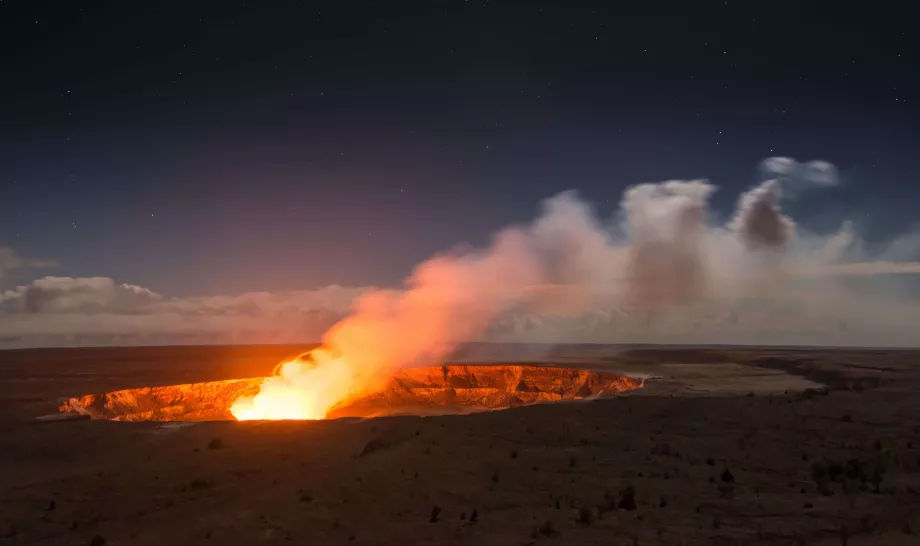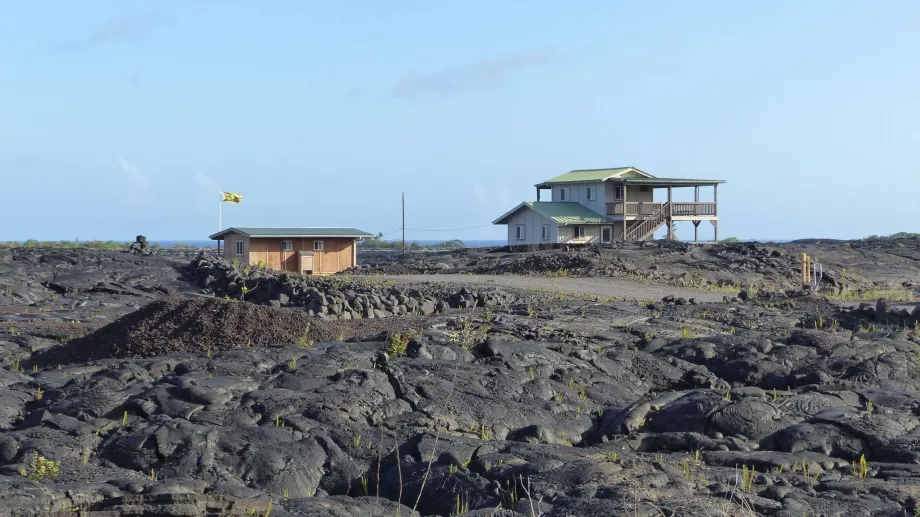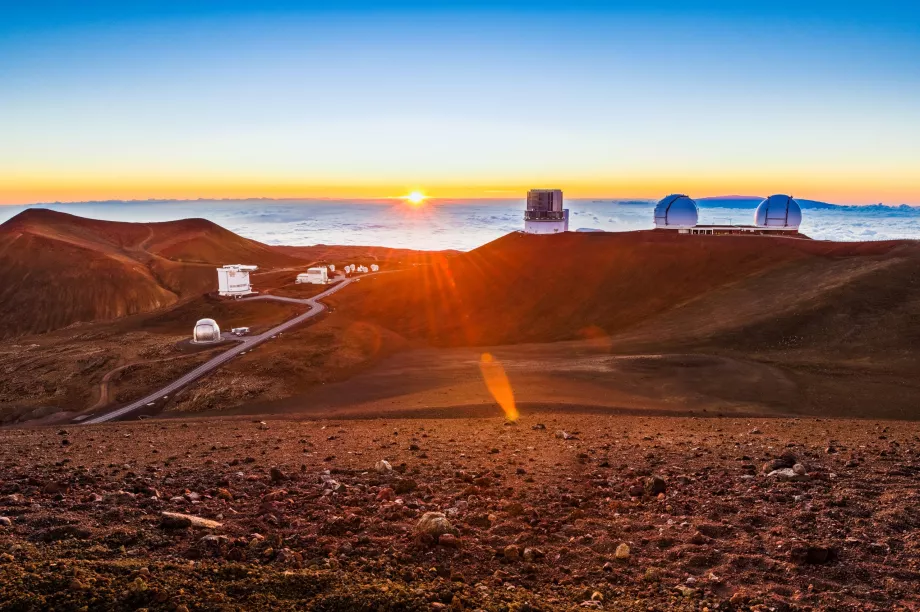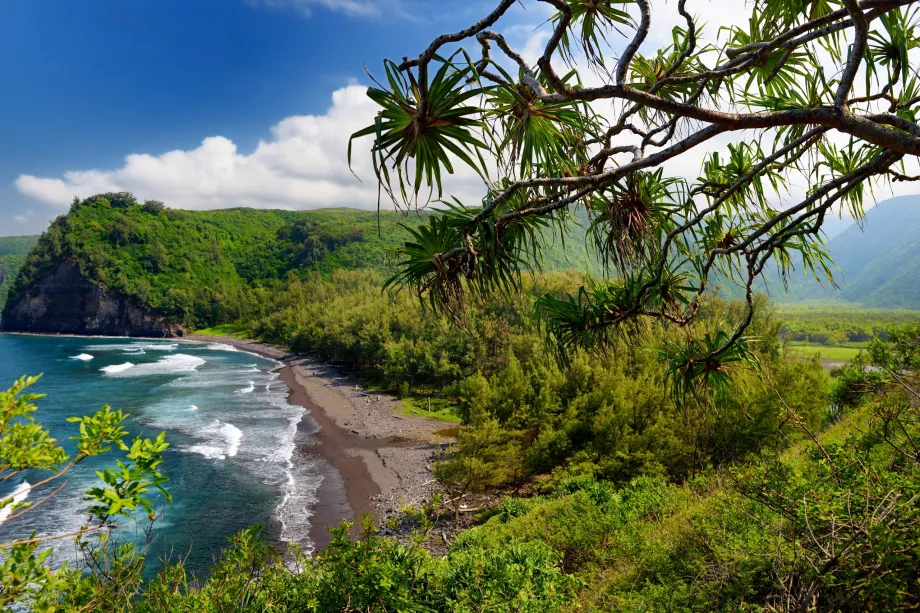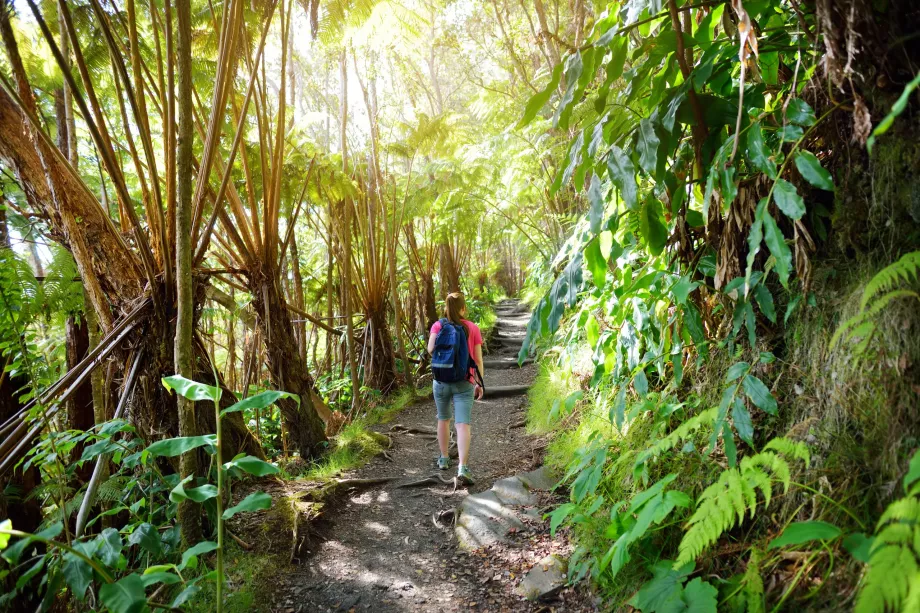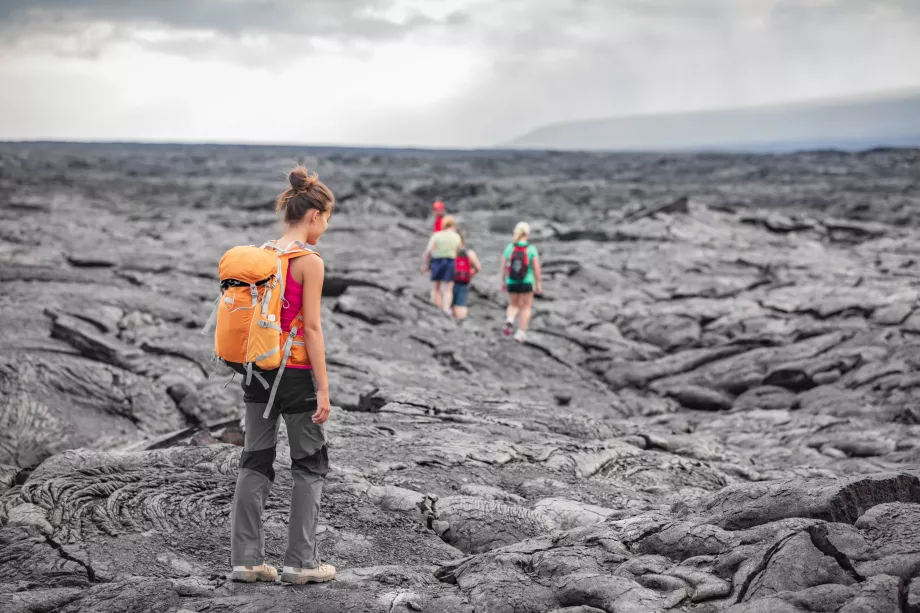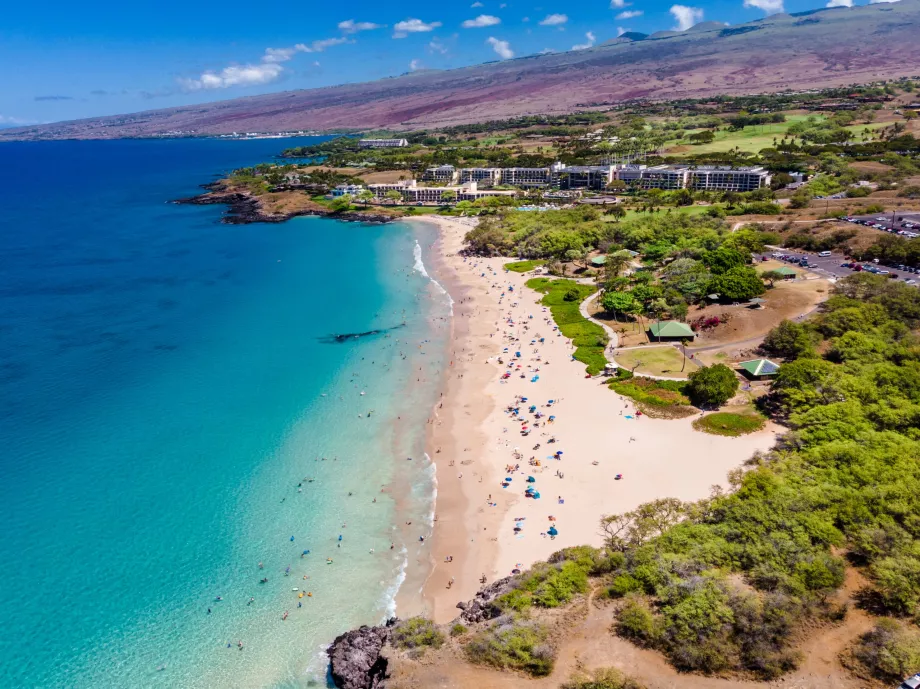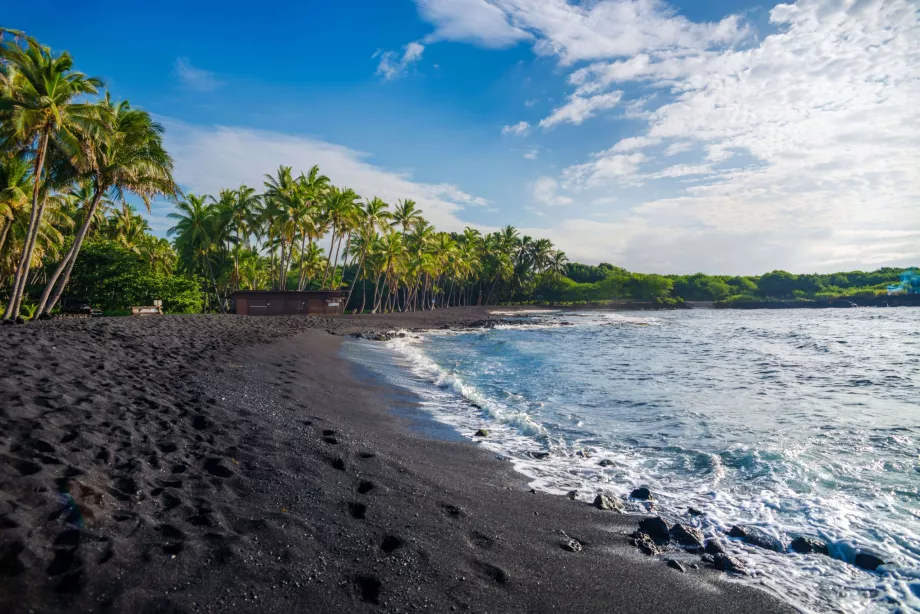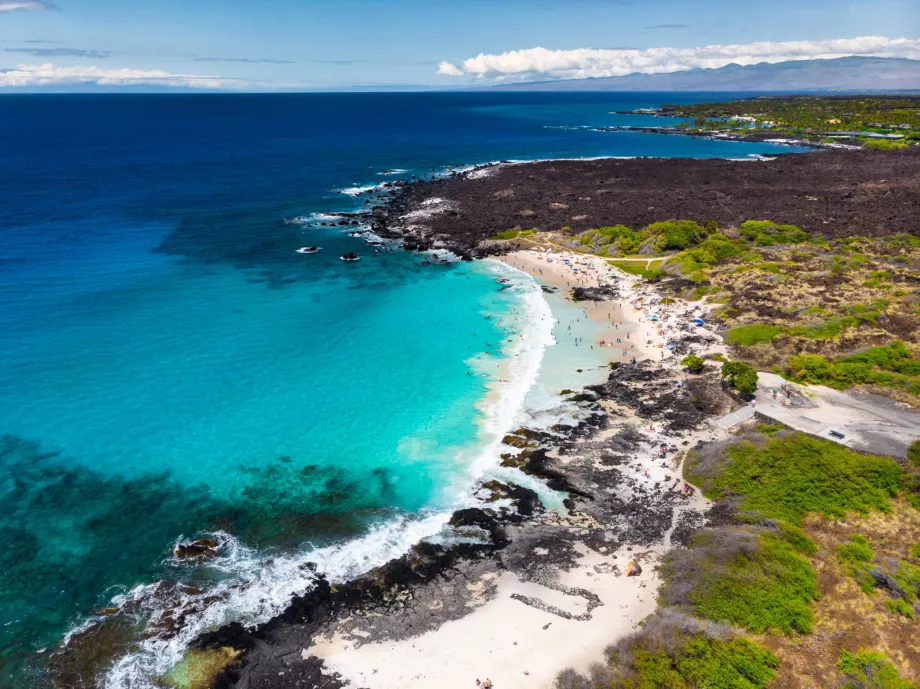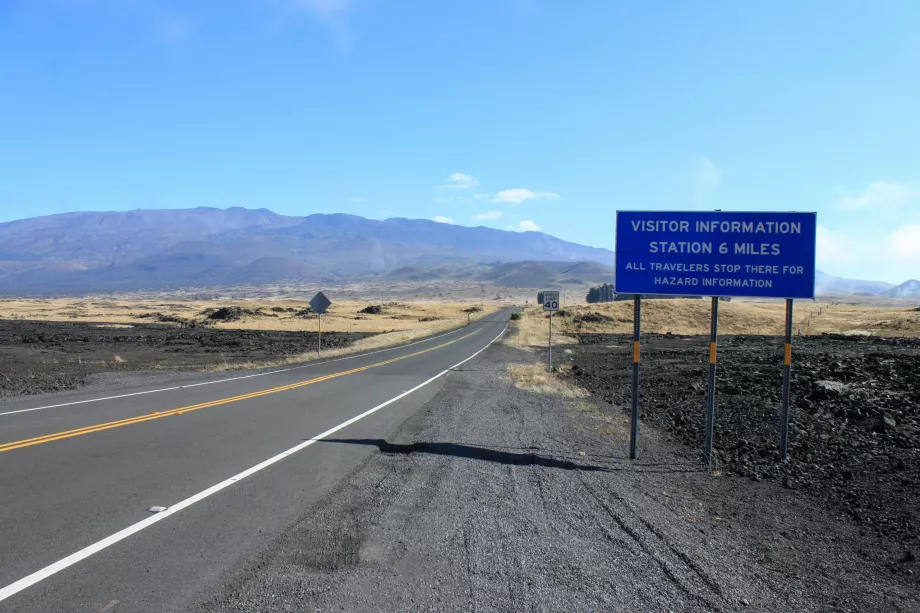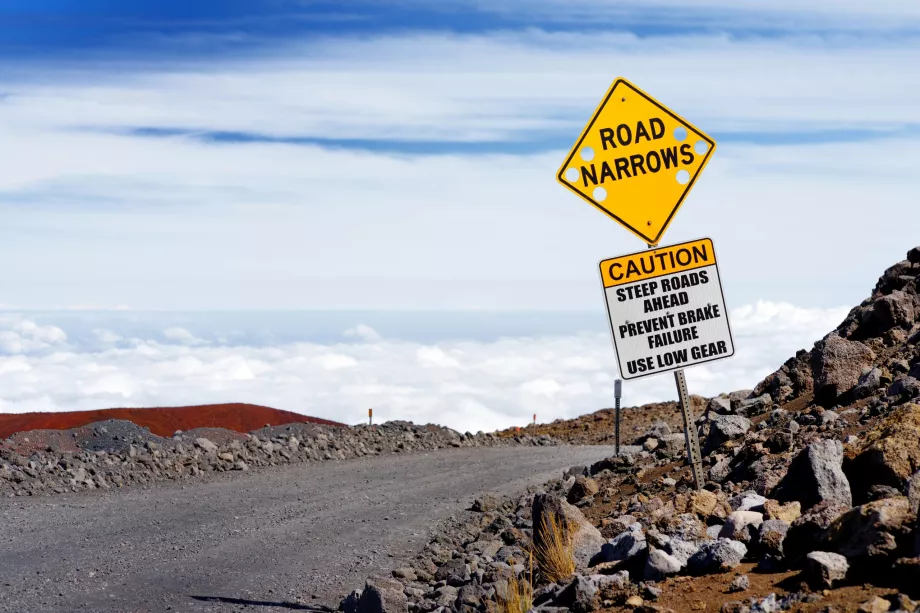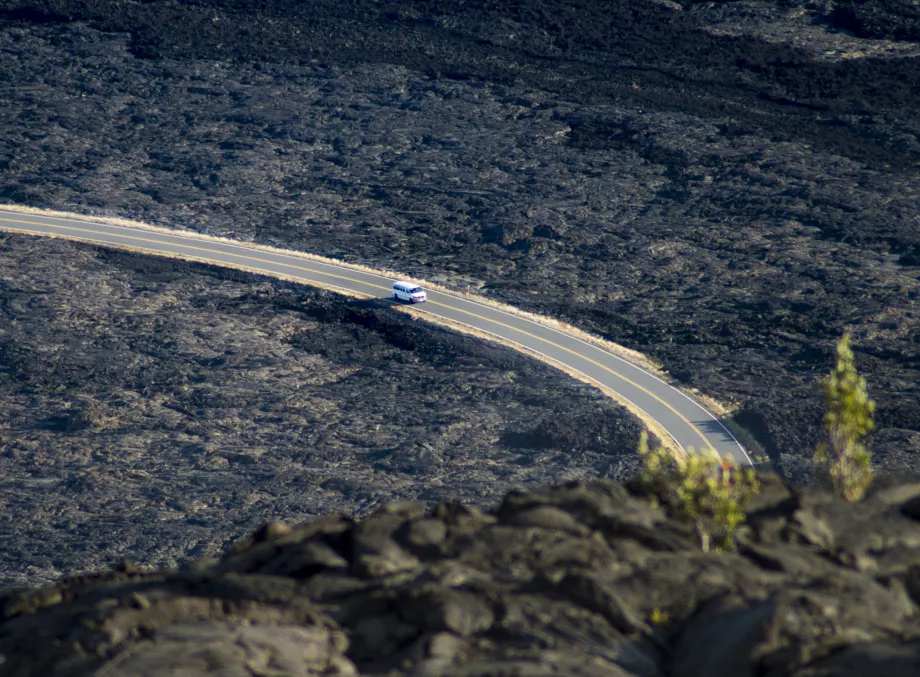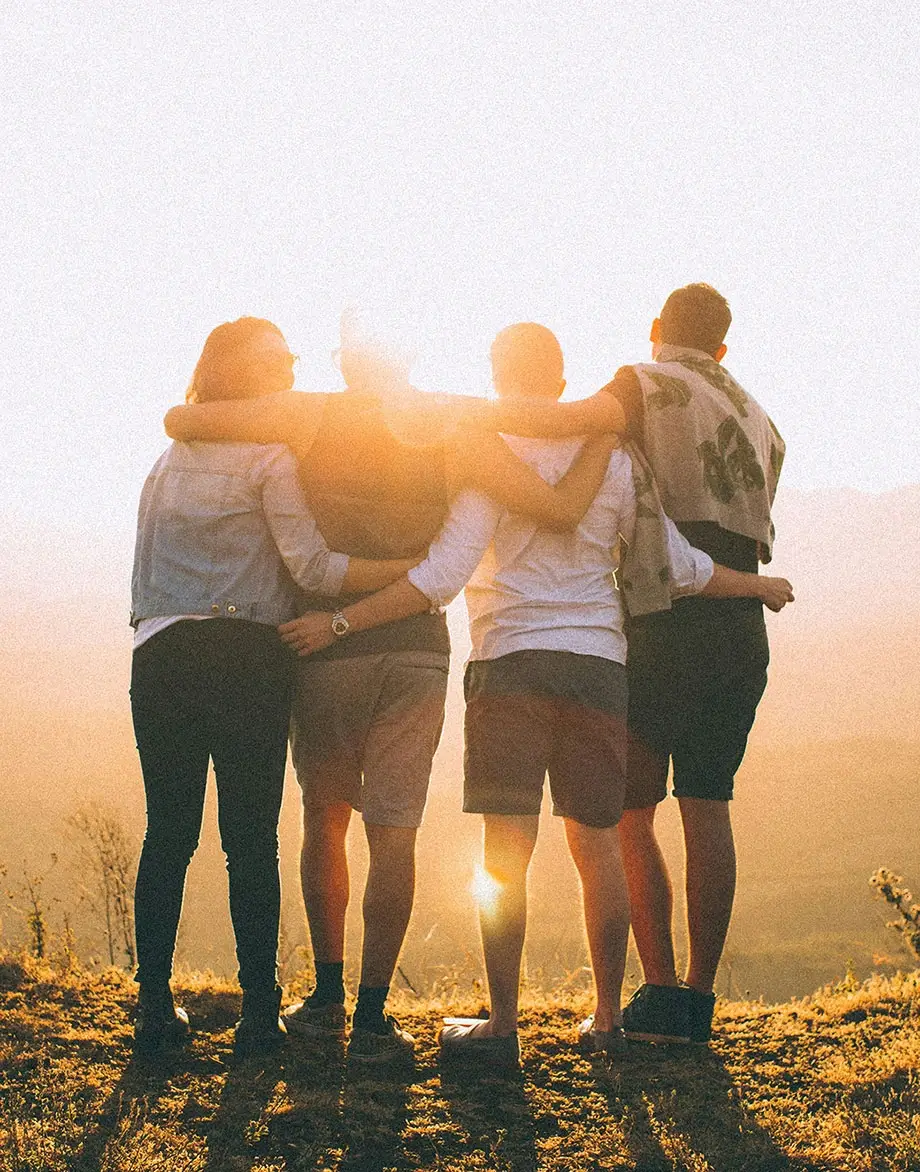What to do in Big Island
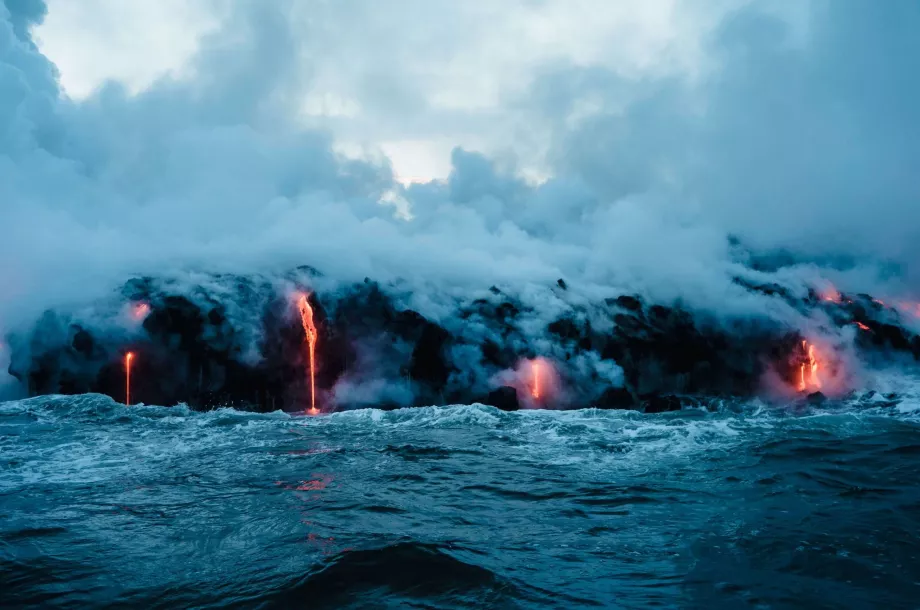
Why go to Hawai'i and what activities to do? Read in this chapter.
The 10 best hotels on the Big Island
Volcanic hiking
On the Big Island, many of you will see something you've never seen before in your life. They'll see active volcanoes, real lava flows and get a live look inside a crater where magma is bubbling.
All without the hassle and perfectly accessible by car.
Of course, for some, convenience and greater civilisation is a minus, for others a plus. In addition to the active volcanoes, you'll come across hundreds, perhaps thousands, of other dormant or inactive craters, lava fields and other remnants of volcanic activity.
These volcanic attractions should not be missed on your travels around the island:
- Volcanoes National Park
- Kilauea Volcano, Volcanoes National Park - Kilauea Volcanoes National Park
- Mount Mauna Kea
Hiking
Lovers of long hikes and shorter treks will enjoy this place. The Volcanoes National Park area is literally crisscrossed with a network of trails and is one of the prime spots for short and long distance hiking on the Big Island.
But you can also venture to other places on the island:
- Kohala Forest - mostly long treks through dense jungle and along the photogenic coastline with absolutely unspoiled nature.
- Waipio Valley - the iconic wide and 800 metres deep valley can be visited on foot along steep trails
- Mauna Loa - extreme long-distance hiking at 4,000 metres above sea level, this is a hike up the 2nd highest mountain on the island
- West Coast - virtually all along the west coast, especially from Kailua-Kona northward, dozens of miles of leisurely trails wind between beaches along the ocean ideal for shorter half-day excursions
- Ka'u Forest Reserve - The idyllic forests of the southern foothills of Mauna Loa will transport you to lush green landscapes filled with meadows and ocean views
Beaches and swimming
The West Coast is a renowned beach destination thanks to its exceptionally stable climate, with virtually no rain and constant sunshine.
Although the beaches are usually shorter and with minimal facilities, they are all the better for enjoying them. Make no mistake, however, you'll also find classic resort beaches surrounded by hotels, restaurants and shops.
The beaches on the west coast are almost all covered in fine white sand and washed by the mostly calm waters of the Pacific, which is safe for swimming and great for snorkelling. However, even on the famous and much-visited beaches, don't expect facilities such as those in Europe. Sun lounger and umbrella rentals are the exception here, and you'll usually only find small snack stands immediately on the beach.
On the east coast or south, on the other hand, you will find exotic beaches with black or green sand, but you have to take into account a higher chance of precipitation and a much rougher sea, which is only safe where you can get up to your waist.
The most beautiful beaches on the Big Island
- Mauna Kea (Kauna'oa) Beach - The popular landscaped beach at the hotel resort, west coast
- Hapuna Beach - the most visited manicured beach at the hotel resort, west coast
- Black Sand (Punalu'u) Beach - exotic black sand beach with turtles, east coast
- Maniniowali (Kua Bay) Beach - secluded beach away from civilisation, west coast
- Waialea (Beach 69) - Hidden beach with mature trees, west coast
- Green Sand (Papakolea) Beach - very exotic beach with green sand, difficult to reach, south coast
Snorkelling
Although the neighboring island of Maui is a much more famous snorkeling spot, even on the Big Island, especially beginners can dive underwater and spend long minutes observing the incredible world of shallow waters, thousands of colorful fish and all sorts of strange creatures.
The best snorkeling conditions are along the entire west coast, especially on the mini-beaches around Kailua-Kona and then in the northwest at all the major beaches.
The Big Island is a very practical island for snorkeling, as the best spots are easily accessible directly from the beaches, eliminating the need to pay for expensive snorkeling trips.
Diving
For divers, the Big Island can be a little paradise on earth. While at night you'll enjoy the company of giant manta rays, by day you'll marvel at incredible lava formations, dozens of species of turtles and other endemic creatures.
The greatest concentration of dive agencies is on the west or north coast, with the waters to the east being considerably more dangerous. The centre with the most agencies is in Kailua-Kona.
Examples of dive agencies:
Beginner dives and an introduction to diving lasting around 4 hours cost around 200 to 250 usd, while for a full PADI certificate you will pay around 500 usd.
Individual trips to the best dive spots cost around 75 usd to 100 usd and you can usually expect 2-3 dives in 3-5 hours.
Roadtrips
True to its name, the Big Island is really big. Coupled with a good network of major roads that lead to all the major sites, you get the perfect conditions for a true American roadtrip. Rent a car at Kona or Hilo airport and drive around the island.
Fast travelers can do it in three days, but ideally allow at least a week or 10 days so you can stop at the most interesting places.
Itinerary around the island
For better inspiration, here's an example itinerary to plan your trip around the Big Island by car and how many kilometres you'll cover in the process. You'll always start at one of the island's two airports, but Hilo is a more convenient base for hiking and sightseeing - it's bigger and you'll find a lot more cheaper accommodation than Kona.
- Day 1: Arrival in Hilo
- Day 2-4: Hilo excursions, e.g. to Mauna Kea or Kalapana village, and especially a visit to Volcanoes National Park, which will take at least one full day, ideally sleeping near Volcanoes NP on the last night; Hilo - Volcanoes NP; 46 km
- Day 5: From Volcanoes, we continue straight south on Highway 11 and with a stop at Black Sand Beach we reach the town of Ocean View, which serves as an ideal place to stay; 83 km
- Day 6: Visit Green Sand Beach and drive up the west coast through Pu'uhonua O Hōnaunau Historical Park to Kailua-Kona, the cheapest accommodation on the west coast; 91 km
- Day 7: spend at one or several of the many beaches stretching north from Kona; approx. 50 km
- Day 8: arrive at the iconic Waipio Valley, where you can stay in small private guesthouses; 65 km
- Day 9: slowly return to Hilo with a stop at Akaka Falls; 83 km
- Day 10: departure from Hilo
For tips on specific hotels, see the place descriptions (see links above) or the Big Island Accommodation chapter.
Of course, you can vary the length of stay at each place according to your preferences, but in total you will drive around the island for about 420 km in any case + about another 200 to 250 km when moving within each place.
High mountain hiking
Are you in the tropics and expecting only beaches, warmth and forests? Wrong, on the Big Island you can hike (or drive) to altitudes of over 4,000 metres.
So bring your jackets! While the hiking enthusiasts rush off to climb the mighty Mauna Loa, more comfortable individuals get in the car and take the road to the world's highest mountain (measured from the base) , Mauna Kea.
Any questions left?
If you have any questions or comments about the article...

